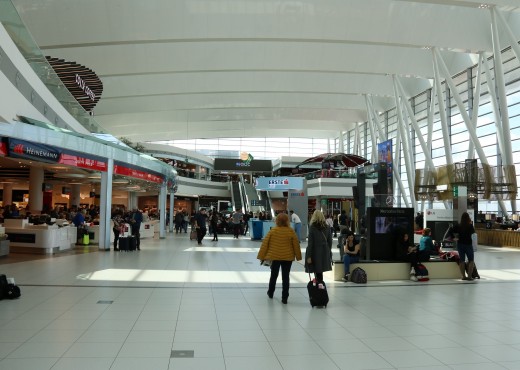Budapest Airport experienced yet another passenger record. It handled 300 000 passengers more during the third quarter of 2019 compared to the same period in 2018. 4.7 million departing and arriving passengers used the terminals of the airport from the beginning of July through to the end of September, which again translates into a strong and above European average rate of growth, but a slowing down compared to the outstanding previous years. Traffic at Budapest Airport is expected to reach 16 million passengers this year, whereby the passenger number has nearly doubled within the last six years, which is unprecedented in Europe.
Budapest Airport registered traffic in excess of 1.6 million passengers per month during the busiest months of the year, July and August, and the passenger count exceeded 1.5 million in September as well. Traffic during the third quarter grew by 6.8 percent from 2018, which means a slower growth rate compared to the previous years. Non-Schengen traffic increased faster, with this segment growing by more than 8%, whilst the number of passengers to and from Schengen destinations expanded by 6.1%.
Rolf Schnitzler, the CEO of Budapest Airport said: “Traffic growth remains stable and above the European average, but is not as fast as we have seen over the last four or five years. This growth is manageable for the airport and at the same time we are focusing on improving service quality and passenger experience.”
The increase in the number of landings and takeoffs was more modest; the average number of aircraft movements during the third quarter was around 11 570 per month, which is still below the more than 12 000 landings and takeoffs registered during the same period 13 years ago, in 2006.
It is a positive development that nearly 10% of scheduled flights are now served with the most modern airliners currently available, the Airbus A320 and A321 neo types. The noise burdens of these aircraft are nearly 50 percent lower than older models, and their nitrogen oxide emissions are also 50 percent smaller. This means significant developments by the airlines, as these types only appeared in the market one or two years ago.
London still leads the list of destinations, by a large margin. Every tenth passenger at Budapest Airport travels between the British and the Hungarian capital. The popularity of the route is shown by the fact that scheduled flights are now available to all six London airports. Currently, five airlines operate 115 pairs of flights (inbound and outbound) per week on this route. London is followed by Frankfurt, Paris and Brussels, with Tel Aviv climbing to fifth place.
Source: Budapest Airport





